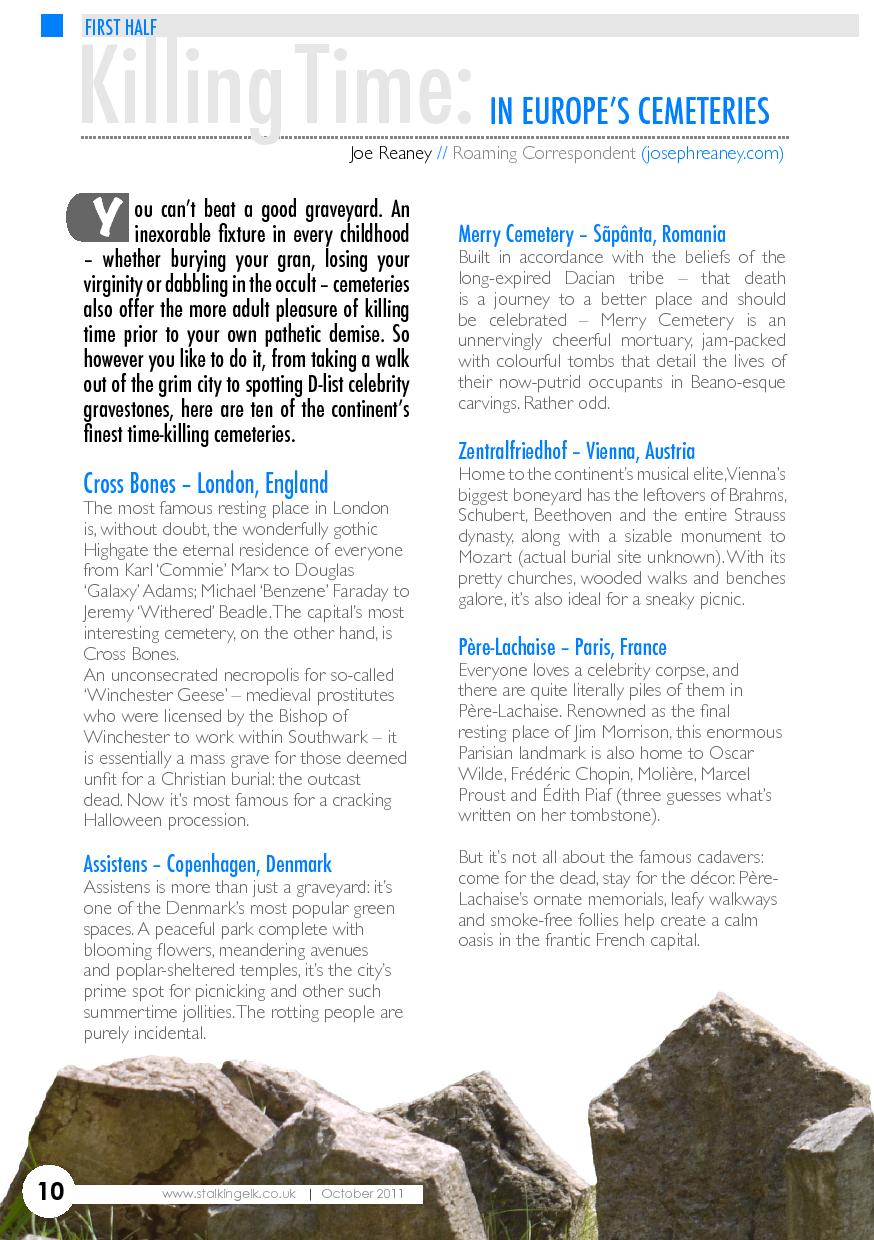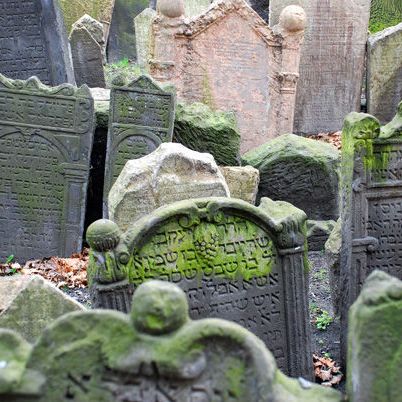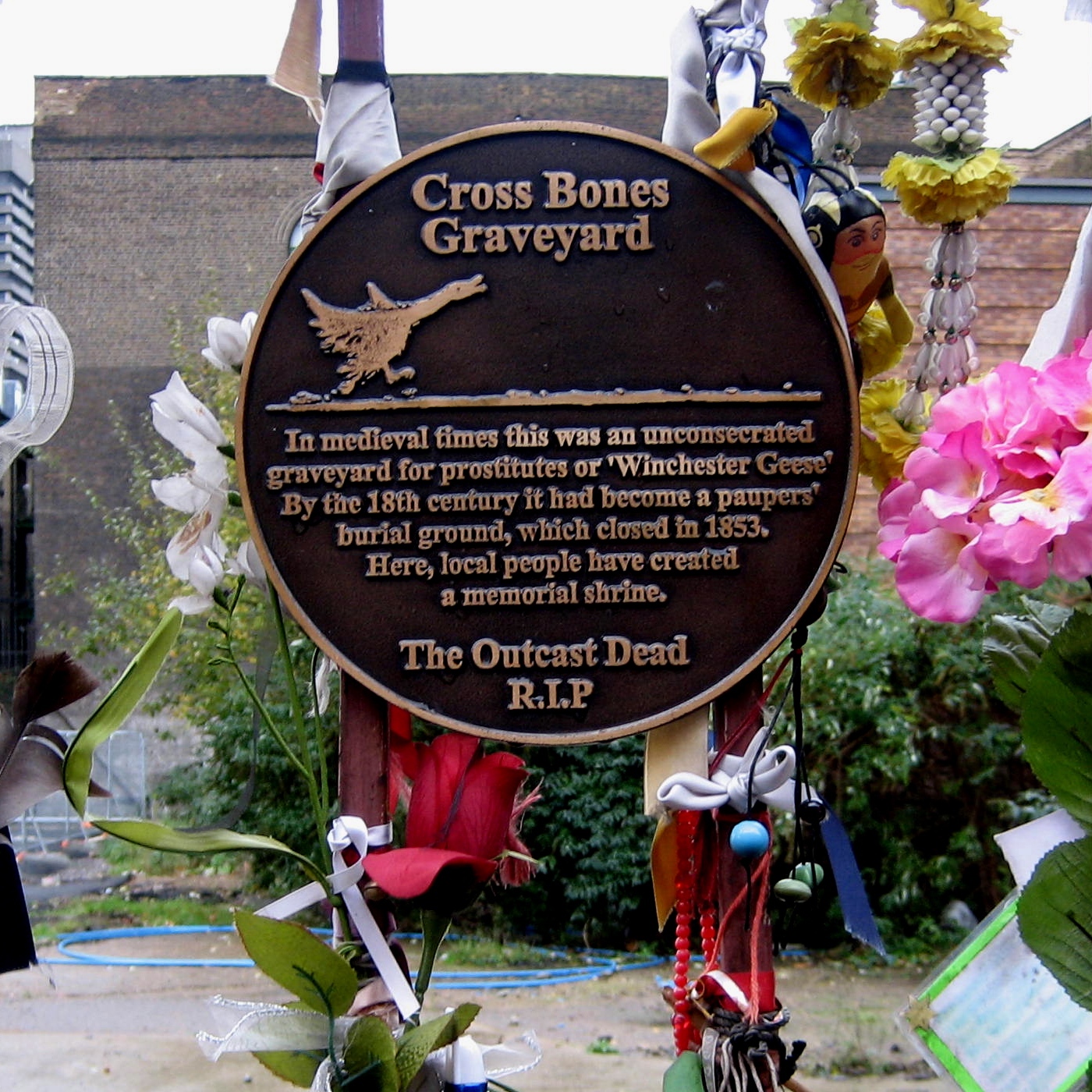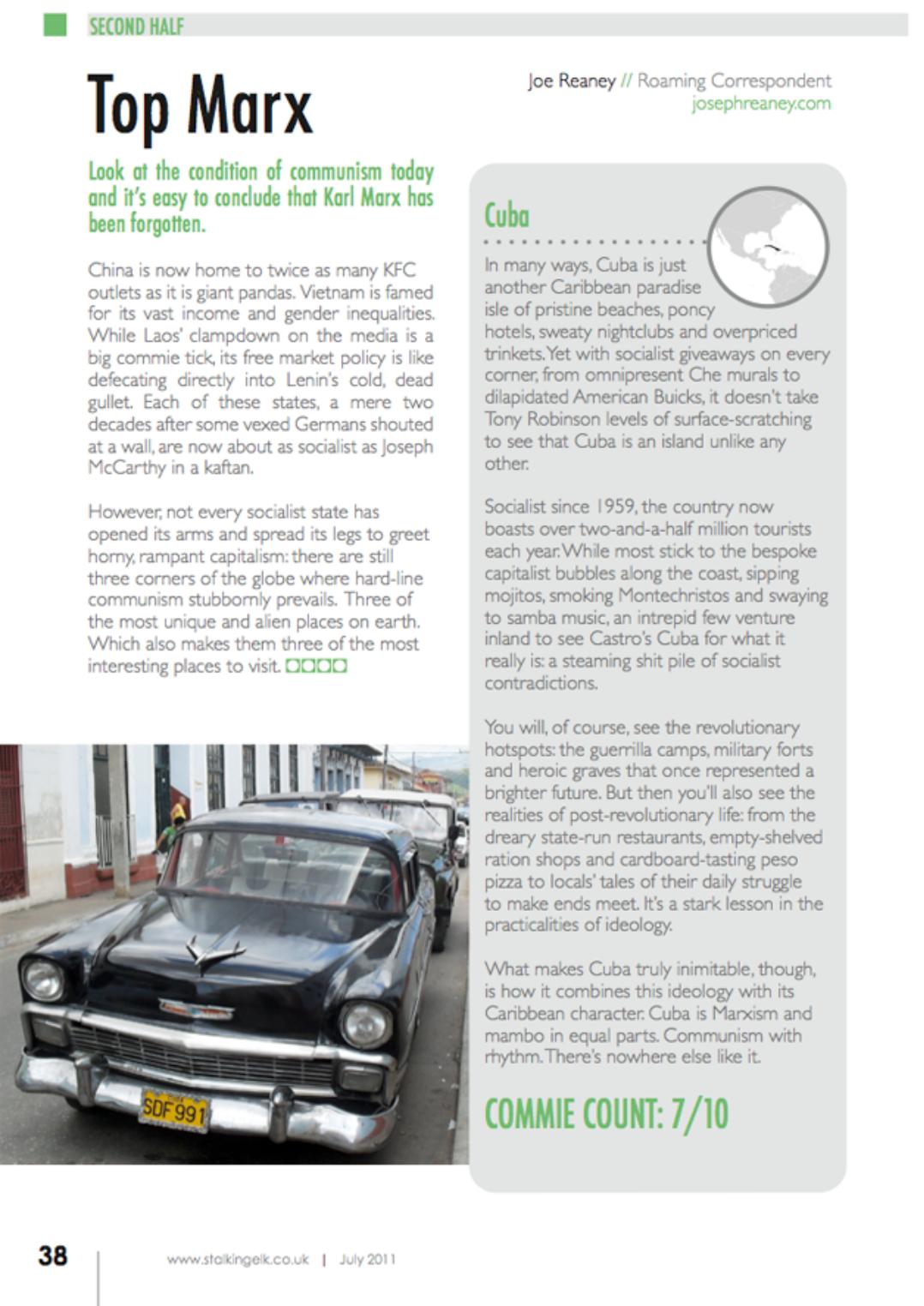 Do you know about ‘trolls’? They’re the rather annoying individuals who anonymously post insults, threats and provocations on online forums, Facebook pages and newspaper comments sections. The BBC has recently published an excellent magazine article on the growing phenomenon, looking at the psychology behind it.
Do you know about ‘trolls’? They’re the rather annoying individuals who anonymously post insults, threats and provocations on online forums, Facebook pages and newspaper comments sections. The BBC has recently published an excellent magazine article on the growing phenomenon, looking at the psychology behind it.
“Online people feel anonymous and disinhibited,” says Professor Mark Griffiths, director of the International Gaming Research Unit at Nottingham Trent University. “They lower their emotional guard and in the heat of the moment may troll either reactively or proactively.”
The article also points out that, thanks to a recent surge in trolling behaviour, there’s been increasing pressure on governments and private organisations to put restrictions on – or even entirely abolish – online anonymity. However, Jeff Jarvis, author of Public Parts, has a far less draconion suggestion. “The answer is for newspaper websites and online forums to employ sufficient moderators to prevent the comments spiralling into petty vendettas.”
Well, that’s one solution – but there are plenty of others too. Shamelessly relating back to an article I first wrote over two years ago, here are ten top ways to keep the trolls at bay. Well, nine top ones and a rubbish voice censor.
For more insight into the world of online marketing, and for all your web copywriting needs, please get in touch.
 Good news! After putting it off for a disproportionately long time, I have finally, finally, uploaded all the travel guides I have completed in the last year to this very website.
Good news! After putting it off for a disproportionately long time, I have finally, finally, uploaded all the travel guides I have completed in the last year to this very website.







